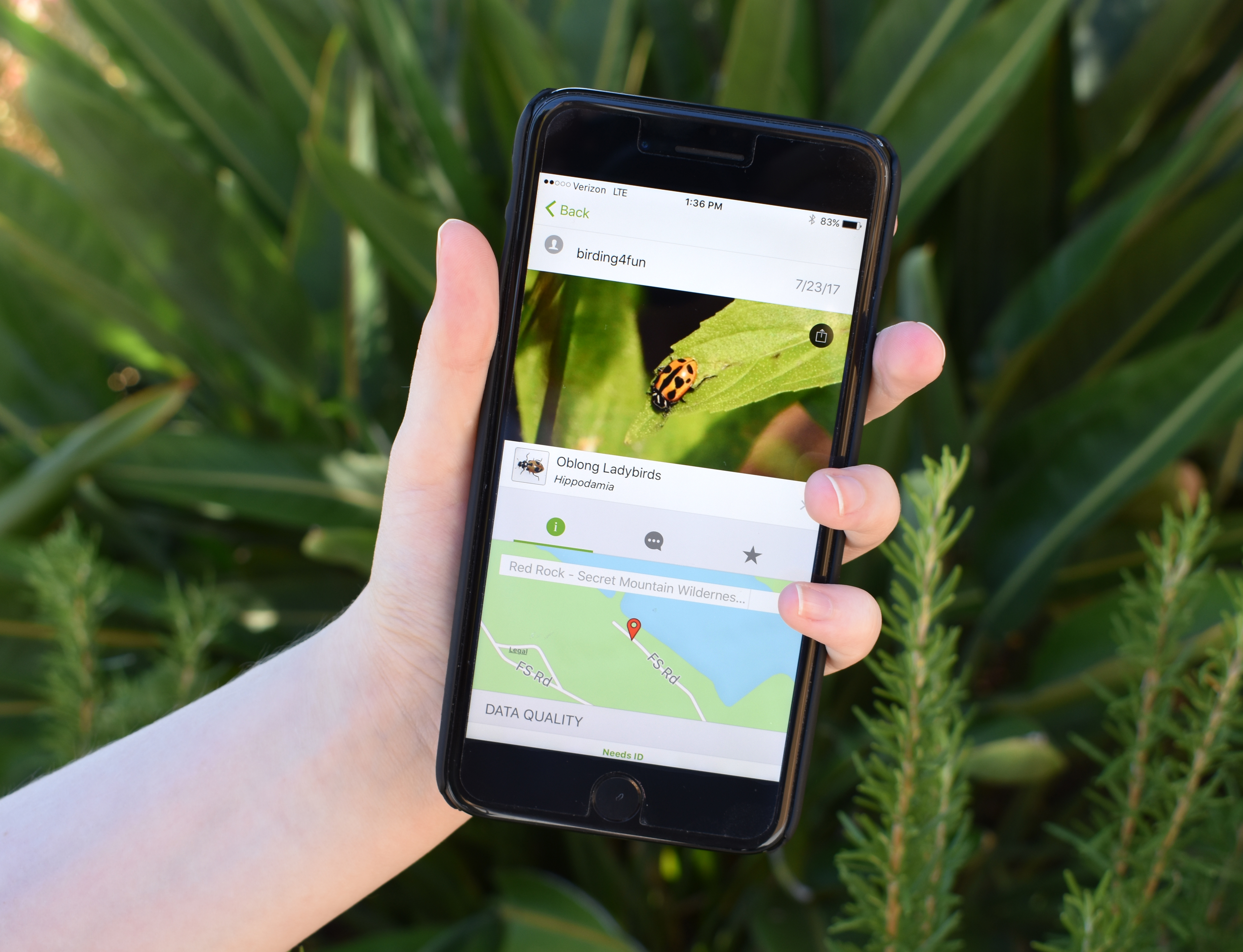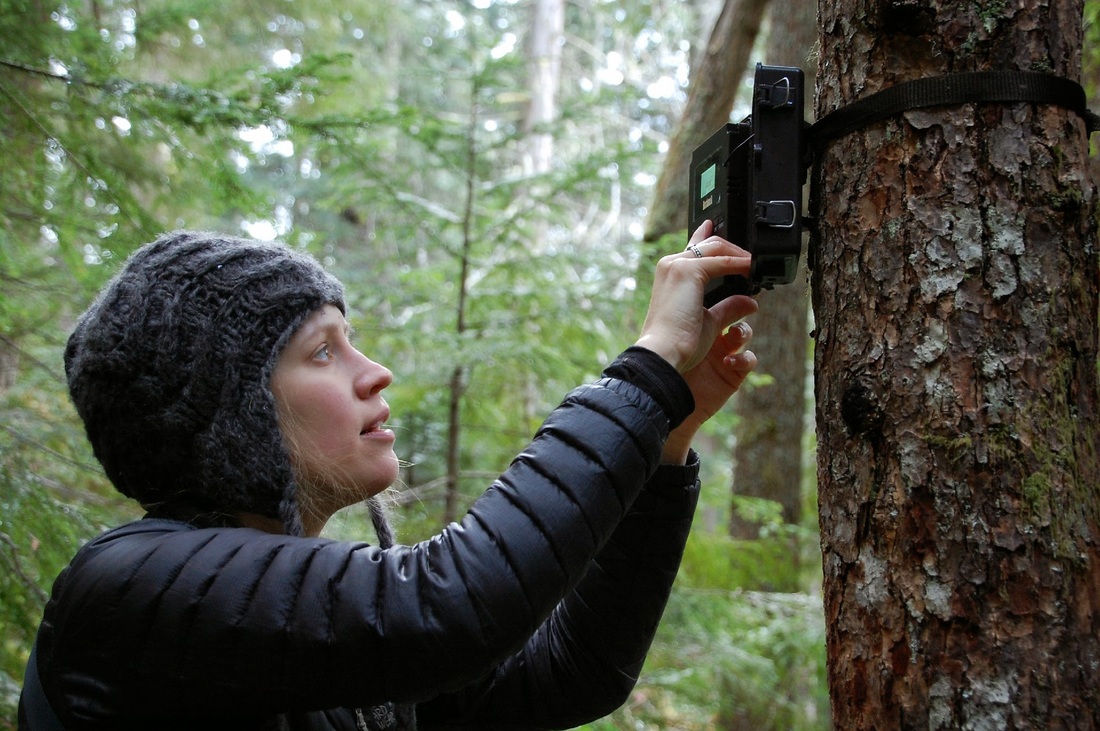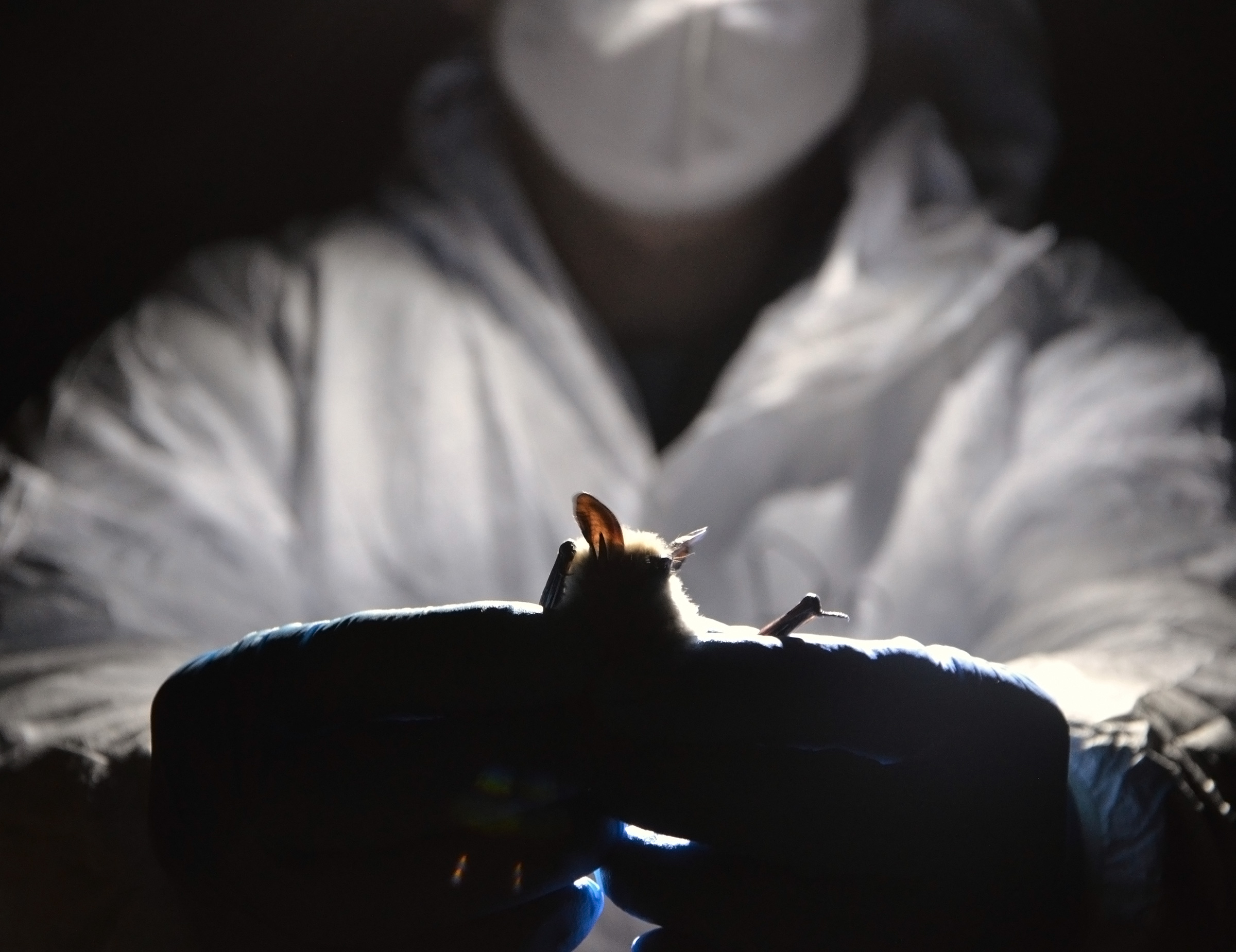The sun has finally set in Ketchikan, located around 300 miles south of Juneau, Alaska. Engines rumble as volunteers begin their journey deep into the Tongass National Forest. Equipped with a bat detector and a specialized microphone on the roof of their car, the volunteers traverse a 30-mile stretch at 20 miles per hour in the hope of recording bat calls, which will help determine where they roost, migrate, and hibernate.

Their work is for the Alaska Bat Monitoring Project, created in 2014 by the Alaska Department of Fish and Game and supported by the USDA Forest Service. The project has been able to collect substantial data on bats in Alaska with the help of citizen scientists conducting driving surveys in Ketchikan, Cordova, Haines, Petersburg, and Sitka.
“At the beginning, volunteers would often say, ‘Wow, I didn’t even realize there were this many bats here.’” said Corree Delabrue, volunteer coordinator for the project on the Wrangell Ranger District. “I think this is because we don’t have the large cave-type roosts people imagine when they think of bats. So this project helps raise awareness of bats being in our town. And that’s the value for me as a conservation educator—getting people to think about wildlife they don’t normally think about.”
Much is unknown about bats in southeast Alaska, and researchers hope to use the volunteers’ data to inform forest management. The surveys this past winter focused on better understanding where they hibernate.
“They don’t roost in large numbers, so there are a lot of questions about what they do in the winter—are they roosting alone or in groups? Are they migrating? Are there species we don’t know about?” said Delabrue.
In fact, at the start of the project, it was thought there were five species of bats in the region, but the survey data revealed that a migratory tree bat called the Hoary bat (Lasiurus cinereus) has been roaming the southeast part of the state—a species not previously recorded in the area.
 "We also discovered swarming behavior in bats which has been a game-changer in how we are researching them," said Alaska Department of Fish and Game biologist Tory Rhoads. Swarming occurs late July though the end of August. Driving surveys in early spring and late fall tend to find clusters of points near where bats are hibernating, allowing researchers to identify the general areas where they should conduct their summer swarming surveys.
"We also discovered swarming behavior in bats which has been a game-changer in how we are researching them," said Alaska Department of Fish and Game biologist Tory Rhoads. Swarming occurs late July though the end of August. Driving surveys in early spring and late fall tend to find clusters of points near where bats are hibernating, allowing researchers to identify the general areas where they should conduct their summer swarming surveys.
Bats face the looming threat of white-nose syndrome, a deadly disease affecting roosts in North America. The fungus responsible irritates the bat while it hibernates, waking it up; the bat then burns the fat it stored up for winter which can lead to starvation and death.
White-nose syndrome was discovered in New York in 2006 and has been spreading further west, but it is not yet believed to have reached Alaska. Collecting population data now could tell us much about the impact of the disease in case it does end up advancing across the state. If biologists have a baseline for the number and species of bats they expect in an area, and one species suddenly drops in population, they will know to look into it further.
Volunteers driving along their assigned transects collect this much-needed data. Their recordings allow Rhoads to identify specific species of bat based on the frequency of their call. “Getting it down to the species is pretty cool,” said Rhoads. “That isn’t feasible with the large amount of data from stationary monitors. With driving surveys, it’s a small enough number of calls that I can manually sift through and identify individual bats.”
Listen to the differences in calls between species with the two sound clips below, the first of a Little Brown bat and second of a Silver-haired bat. Both files were altered to be audible to human ears. Notice that the Silver-haired call sounds more musical, which is due in part to its lower frequency. Silver-haired bats usually call with a minimum frequency around 25 to 30 kilohertz, a bit closer to our natural perceptible hearing range than the 35 to 50 kilohertz produced by the rest of the bat species in Alaska.
Little brown bat: https://www.fs.usda.gov/sites/default/files/media_wysiwyg/littlebrownbat_0.mp3
Silver-haired bat: https://www.fs.usda.gov/sites/default/files/media_wysiwyg/silverhairedbat_1.mp3
With the help of citizen scientists, land managers can be armed with the knowledge necessary to understand bat population and habitat changes and take actions to ensure they continue to thrive. If you are interested in participating in a driving survey, head over to our project page and contact the coordinator closest to your area.




